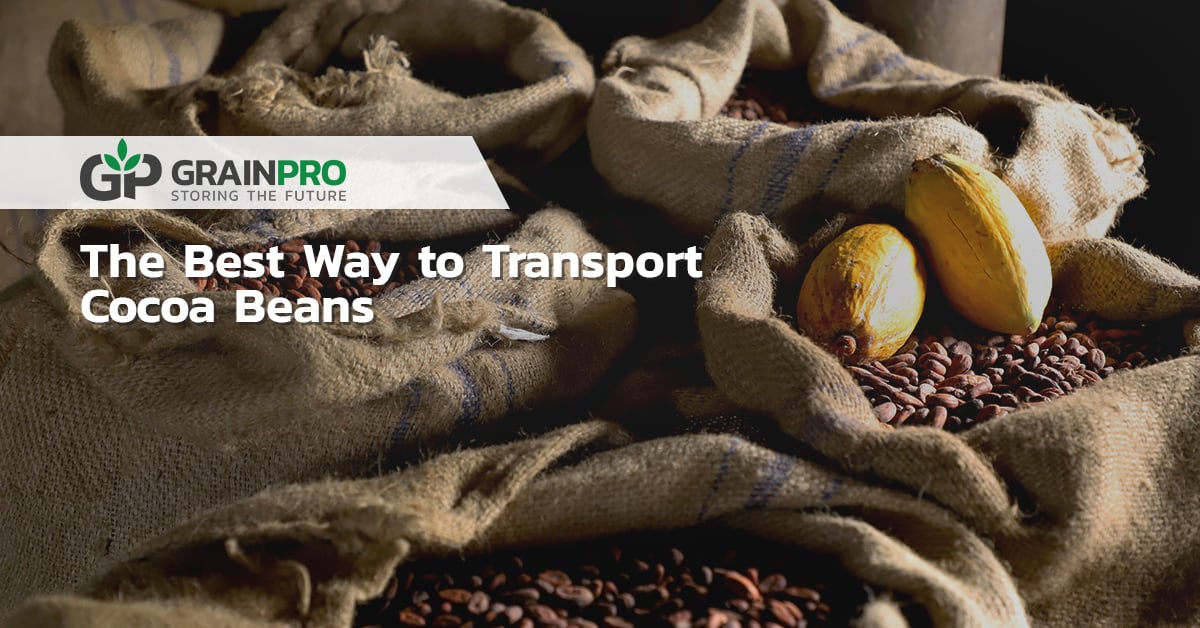Chocolate is enjoyed by billions of people all over the world in countless ways—be it boxed, in a cup, or on a plate. This is why cocoa beans, from which chocolate is made, are so important and valued as raw material for this amazing delicacy.
Cacao trees, which produce pods that house the beans, are originally native to Ecuador, South America. This particular plant needs plenty of sunlight, warmth, humidity, and precipitation to thrive. Countries such as the Ivory Coast, Ghana, Cameroon, Brazil, and Indonesia are amongst the top growers and producers of cocoa.
The beans are then transported to countries that process the raw materials to create confectionary treats. The top importers and consumers are mostly Europeans, including Switzerland, Germany, Belgium, the Netherlands, the United Kingdom, and Sweden.
Read more: Cocoa Processing, A Bean to Cup Story
Transporting the beans, however, can become problematic. Firstly, cocoa beans have to travel vast distances for a long period of time before reaching their destinations, especially with the majority of the travel being through sea transportation. Moisture may build-up due to differences in climates at origin and destination.
Moisture build-up in shipping containers allows for the rewetting of the beans. Rewetting poses a serious threat to the cocoa beans, which are vulnerable to heat and mold growth. This also leads to loss of taste and aroma.
Cocoa handlers always want to keep the beans dry for an equally important second reason: the impact that moisture can have on the Free Fatty Acid (FFA) of the cocoa. The more moisture the beans absorb and the longer the exposure to heat, the higher the FFA levels tend to be. If the cocoa beans develop elevated FFA levels, the taste begins to turn rancid instead of pleasantly bitter. This translates to loss of quality and profitability of the beans.
Read more: The Origin and Sources of Chocolates
Thus, there is a need to make sure that these highly valued commodities are well-protected throughout the transportation. One of the best ways to protect cocoa beans in shipping containers is by using a liner for the container itself. Whether the beans are shipped in bulk or bagged, a liner as a protective barrier can further ensure that outside factors like changes in temperature and humidity will not affect the cocoa beans. In turn, moisture won’t be able to cause damage.
The Transafeliner (TSL) is a hermetic bag that offers this protection. The gas-tight and moisture-tight properties of the TSL safeguard the cocoa beans from mold growth and moisture damage, which makes it a perfect solution for shipping these valuable products to anywhere in the world. In addition the use of a TSL will also prevent insect infestation.
It’s essential to improve the quality of the transit of high-value commodities such as cocoa beans. Make sure your post-harvest system, including transport of products, is always in its best state. Learn more about GrainPro’s hermetic solutions by clicking the button below.
Date Published: April 28, 2019

